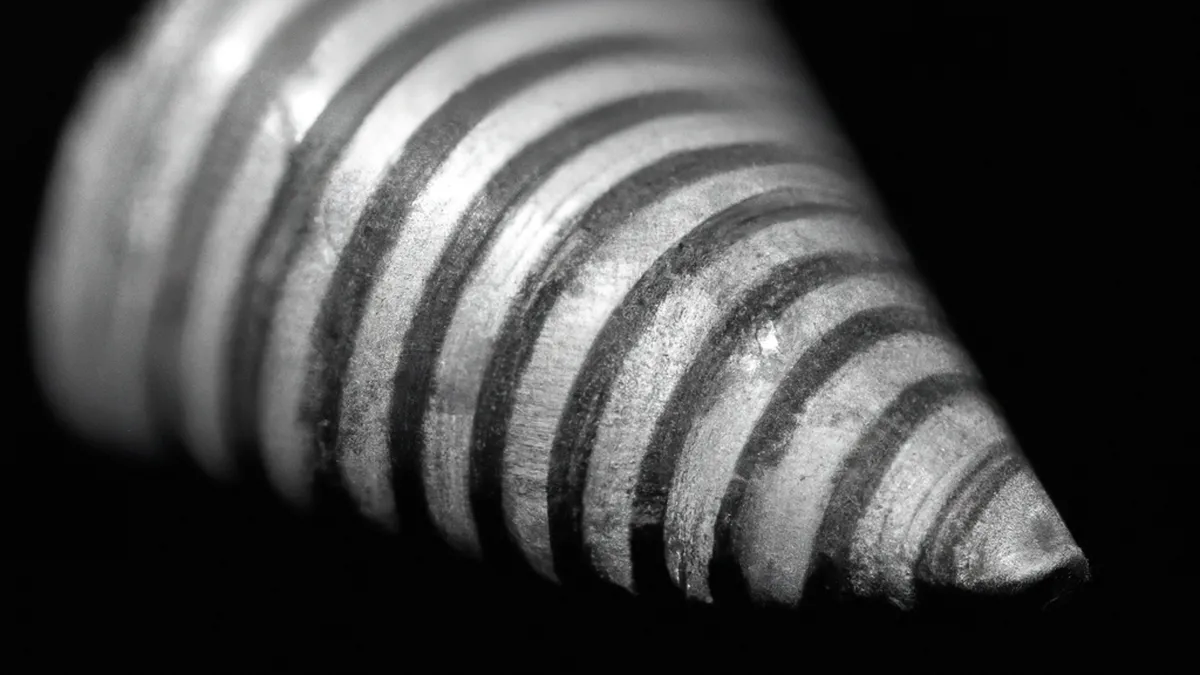Analyzing Trapezius Role in Scapular Alignment
Understanding the Role of the Trapezius in Scapular Movement
The trapezius muscle stabilizes and moves the shoulder blades. This large, triangular muscle spans the upper back and neck. It connects the skull, vertebrae, and shoulder girdle. Understanding the trapezius enhances shoulder mobility and upper body strength, vital for daily activities and athletic performance.
Anatomy of the Trapezius
The trapezius divides into three sections: upper, middle, and lower fibers. Each section contributes uniquely to shoulder and scapular movement.
Upper Fibers
The upper fibers originate from the skull’s base and extend to the clavicle’s outer third. These fibers elevate the scapula, which occurs during shoulder shrugs. This elevation supports movements like lifting overhead or performing overhead presses.
Middle Fibers
The middle fibers run horizontally across the upper back and connect the scapula to the spine. They retract the scapula, pulling it closer to the spine. This retraction maintains posture and stabilizes the shoulder during movement. It also aids in rowing and pulling activities.
Lower Fibers
The lower fibers run diagonally from the spine to the scapula. They primarily depress the scapula, vital for reaching overhead or lifting objects away. These fibers control scapula movement during arm elevation, ensuring coordination.
Tips for Engaging Your Trapezius
To engage the trapezius effectively, focus on exercises targeting its different fibers. Here are practical tips for incorporating trapezius exercises into your routine.
Shoulder Shrugs
Shoulder shrugs effectively activate the upper fibers of the trapezius. Stand with feet shoulder-width apart and let your arms hang. Lift your shoulders toward your ears while squeezing the muscle, then lower back down. Repeat 10-15 times, maintaining proper posture throughout.
Rows
Rows target the middle fibers of the trapezius. Use a resistance band, dumbbells, or a cable machine. Bend slightly at the hips, keeping your back straight. Pull the weights toward your chest while squeezing your shoulder blades together.
Conclusion
Engaging the trapezius enhances shoulder mobility and strength. Incorporate targeted exercises for better stability and performance.
Below are related products based on this post:
FAQ
What are the main functions of the trapezius muscle?
The trapezius muscle stabilizes and moves the shoulder blades, playing a crucial role in shoulder mobility and upper body strength. It is essential for daily activities and athletic performance.
How can I effectively engage the different fibers of the trapezius?
You can engage the upper fibers through shoulder shrugs, where you lift your shoulders toward your ears. For the middle fibers, incorporate rows by pulling weights towards your chest while squeezing your shoulder blades together. Each exercise targets specific sections of the trapezius for optimal engagement.
Why is understanding the trapezius important for physical performance?
Understanding the trapezius enhances shoulder mobility and stability, which are vital for performing various movements effectively, such as lifting overhead or maintaining good posture during physical activities. This knowledge can lead to improved upper body strength and overall performance.















Post Comment